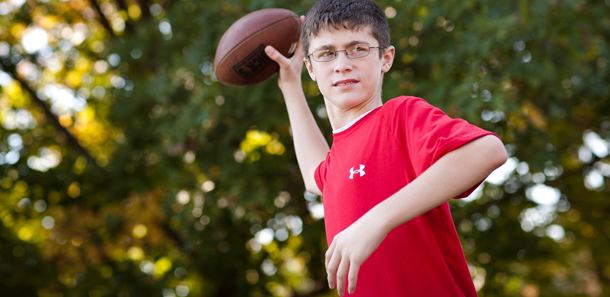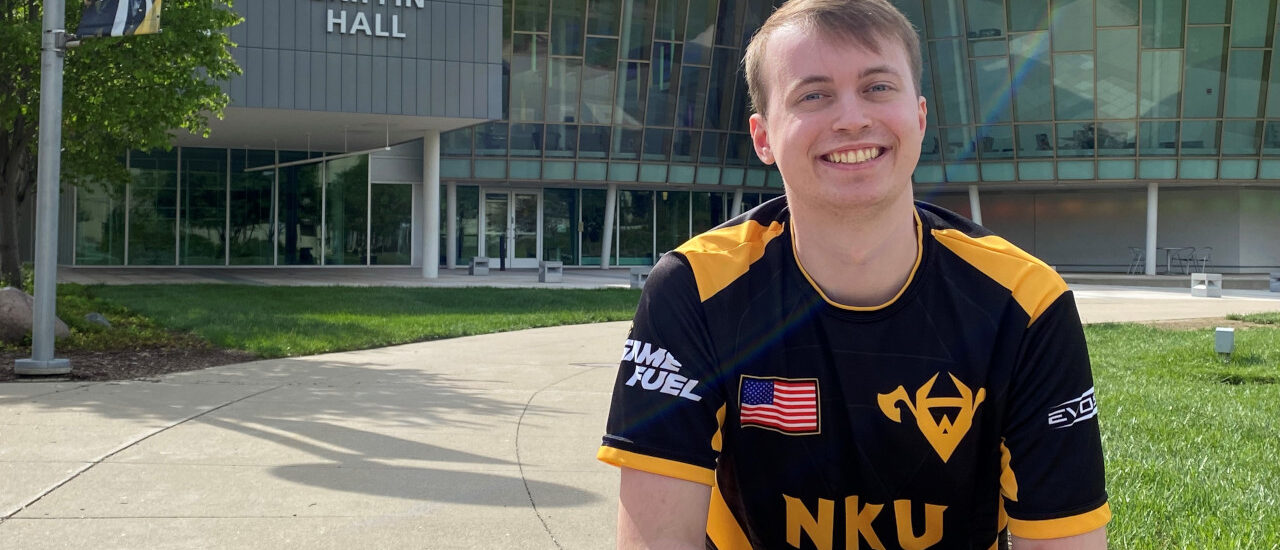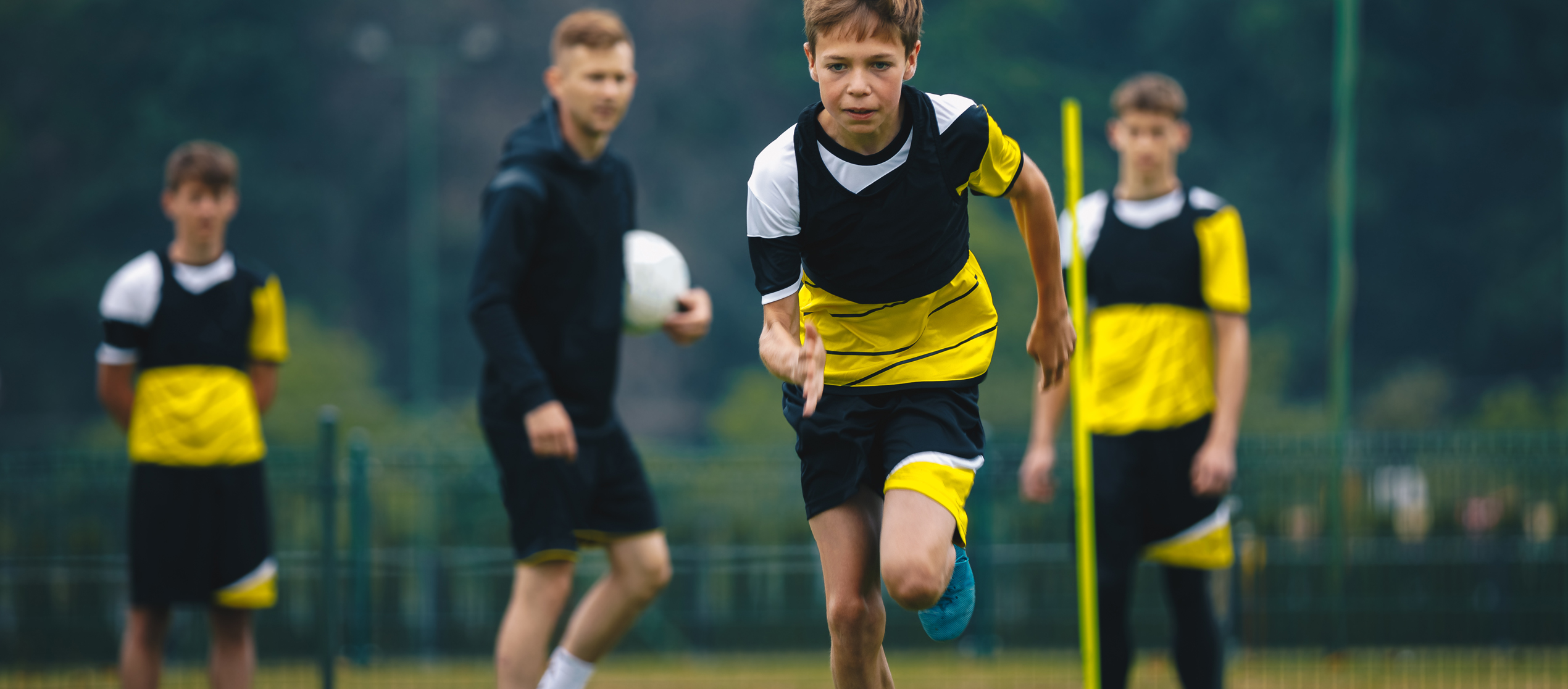It’s a story that we hear too often: a student athlete shoots a game-winning shot and collapses during the celebration. In many cases the underlying cause of that fatal collapse is sudden cardiac arrest (SCA) caused by an undiagnosed form of cardiomyopathy. Student athletes can have cardiomyopathy, a disease of the heart muscle itself, without having any symptoms, and the first sign can be SCA.
Athletes ages 13 and older are at greater risk than younger athletes because they are more capable of generating a sudden burst of energy. When an athlete with undiagnosed cardiomyopathy engages in a sudden burst of activity — like sprinting to catch a ball — adrenaline levels are high, which predisposes him or her to unusual heart rhythms that may be life-threatening. It is important to note that individuals with cardiomyopathy, regardless of age or burst activity, are at higher risk for sudden cardiac arrest.
While it is common for children and adolescents with cardiomyopathy to be completely asymptomatic, some symptoms may be present, which include chest pain, shortness of breath, palpitations, dizziness, or unexplained fainting. These symptoms are often dismissed as over-exertion in athletes.
The good news is that the number of student athletes at-risk for sudden heart failure is relatively small. The Centers for Disease Control and Prevention estimates that every year in the United States, approximately 2,000 people younger than 25 will experience sudden cardiac arrest. The challenge is identifying which ones are at-risk, without performing an expensive echocardiogram (ultrasound of the heart) on every student athlete.
So as a parent, what can be done? One of the most powerful tools you have in your arsenal is knowledge of your family’s history.
Here are four questions to ask yourself and your family members:
- Has anyone in our family had unexplained sudden cardiac arrest?
- Has anyone in our family had sudden cardiac arrest at a young age?
- Has anyone in our family had a history of unexplained fainting?
- Has anyone in our family had an arrhythmia (unusual heart beat) or heart muscle disease?
If you answer yes to one or more of the above questions, further assessment is warranted for your student athlete.
Historically, doctors have used an EKG (or electrocardiogram, a test that identifies heart rhythm abnormalities) to diagnose cardiomyopathy, but we have found that an EKG is not sensitive enough to catch every problem that could lead to sudden cardiac arrest. Early research conducted at Cincinnati Children’s Heart Institute shows that an abbreviated echocardiogram may be the right test to diagnose cardiomyopathy in athletes who warrant testing due to family history. It is more accurate than an EKG, and is less expensive than a full echocardiogram.
Armed with your family’s heart history and the knowledge of the most appropriate diagnostic tools, I encourage you to discuss any concerns you have with your child’s doctor. Pursue clinical evaluation, risk assessment and possible referral to a center experienced in the diagnosis and management of cardiomyopathy. As we head into one of the busiest sports seasons of the year, these steps will help you provide the safest sports environment for your child.
If you have questions, or would like to request an appointment, please contact our Heart Institute.






Hello Dr. Jefferies,
WOW!!
What a wonderful post!!
It was nice seeing you at our last visit 🙂
Laura Batson